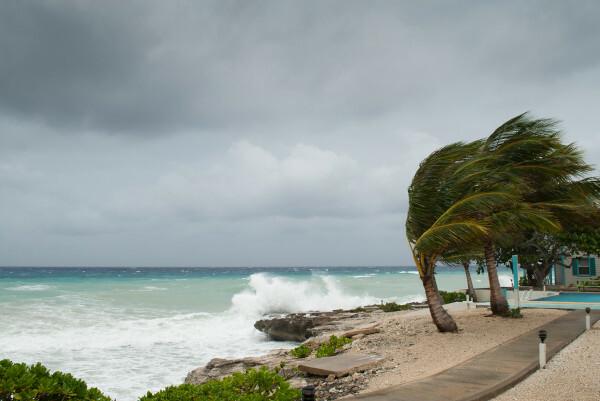In most chemical reactions carried out in practice in industries and laboratories, the amount of product obtained is less than the theoretically expected amount. This means that the reaction yield is not equal to 100%, as the total mass of reactants has not been completely converted into products.
This can happen due to several factors, see the most common:
- Parallel reactions to the one we want can occur and, with this, a part of one or both of the reactants is consumed, forming undesirable products;
- The reaction may be incomplete because it is reversible; thus, part of the formed product is again converted into reactants;
- Product losses may occur during the reaction, such as when using poor quality appliances or due to operator error.
Thus, it is expressly important to know the real income or reaction yield that can be expected under the conditions under which the reaction is carried out. The reaction yield is a percentage of theoretically expected. To do this, we need to follow the three steps listed below:

See some examples of how this type of calculation is performed:
1st Example: 2 g of hydrogen gas (H2) with 16 g of oxygen gas (O2), producing 14.4 g of water (H2O). Calculate the actual yield of this reaction. (Data: Molar masses: H2 = 2 g/mol; O2 = 32 g/mol; H2O = 18 g/mol).
1st Step:
We have to write the chemical reaction balanced to know what the theoretical yield of this reaction is:
2 hours2 + 1 O2 → 2 H2O
2 mol 1 mol 2 mol
↓ ↓ ↓
2. 2g 1. 32g 2. 18 g
4g 32g 36g
Theoretically, 4 g of H2 reacted with 32 g of O2, producing 36 g of H2O. Using the values given in the exercise, we make a simple rule of three and find the theoretical yield. This will be done in the next step.
2nd Step:
It is important to check if any of the reactants is limiting the reaction, because if it runs out, the reaction will stop, regardless of how much excess you still have of the other reactant. To know this, just determine the amount of product that would be formed by each of the reagents separately:
- To the H2: - To the O2:
4 g of H2 36 g of H232 g of H2 36 g of H2O
2 g of H2 x 16 g of H2 x
x = 2 g. 36 g = 18 g of water x = 16 g. 36 g = 18 g of water
4g 32g
As it gave the same amount of water produced to both, they react proportionally and there is neither excess reagent nor limiting reagent.
3rd Step:
Now, just relate the theoretical yield (18 g of water) with the actual yield obtained in the reaction, which was given in the statement (14 g of water):
Theoretical yield 100%
real income x
x = Actual income. 100%
Theoretical yield
18 g of 100% water
14.4 g of water x
x = 14.4g. 100%
18g
x = 80%
The yield of this reaction was equal to 80%.
But what if we knew what the percentage yield is and we wanted to find out the amount of mass of product obtained in the reaction? The next example deals with this:
2nd Example: In an ammonia (NH) production reaction3), 360 g of hydrogen gas were reacted (H2) and a sufficient amount of nitrogen gas (N2), generating a 20% yield. What was the mass of ammonia obtained? (Data: Molar masses: H2 = 2 g/mol; N2 = 28 g/mol; NH3 = 17 g/mol).
1st Step:
1 N2 + 3 H2 → 2 NH3
1 mol 3 mol 2 mol
↓ ↓ ↓
1. 28 g 3. 2 g 2. 17 g
28 g 6 g 34 g
Let's take as a reference only the hydrogen gas, whose mass used in the reaction was given in the exercise:
2nd Step:
Since the utterance said that it was used “a sufficient amount of nitrogen gas (N2)”, we already know that there is no excess reagent.
Let's take as a reference only the hydrogen gas, whose mass used in the reaction was given in the exercise:
6 g of H2 34 g of NH3
360 g of H2 x
x = 360 g. 34 g = 2040 g of NH3
6 g
3rd Step:
Theoretical yield 100%
x Percentage yield
2040 g of NH3 100%
x g of NH3 20%
x = 2040 g. 20%
100%
x = 408 g of NH3
The reaction of 360g of hydrogen gas with a 20% yield provides 408g of ammonia gas.
By Jennifer Fogaça
Graduated in Chemistry
Source: Brazil School - https://brasilescola.uol.com.br/quimica/rendimento-uma-reacao.htm

